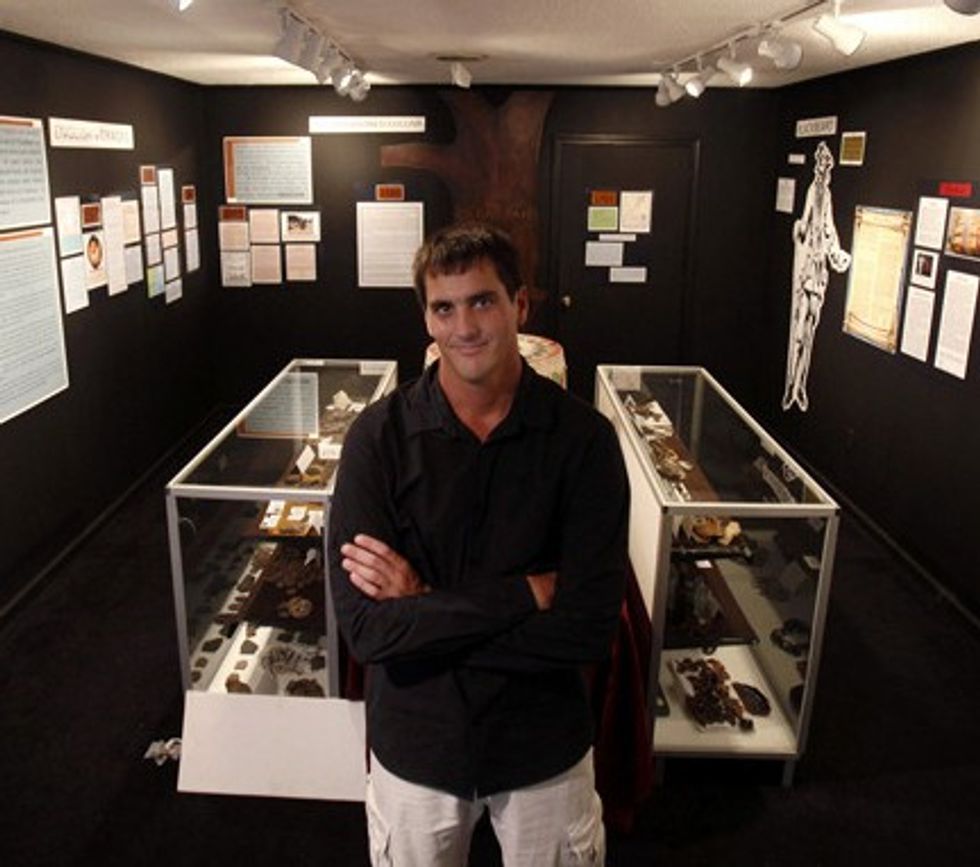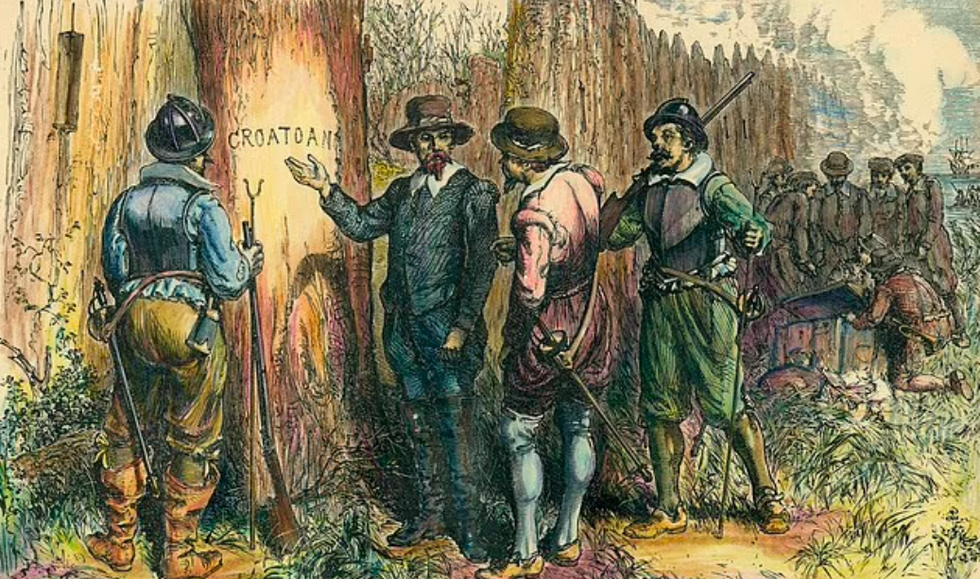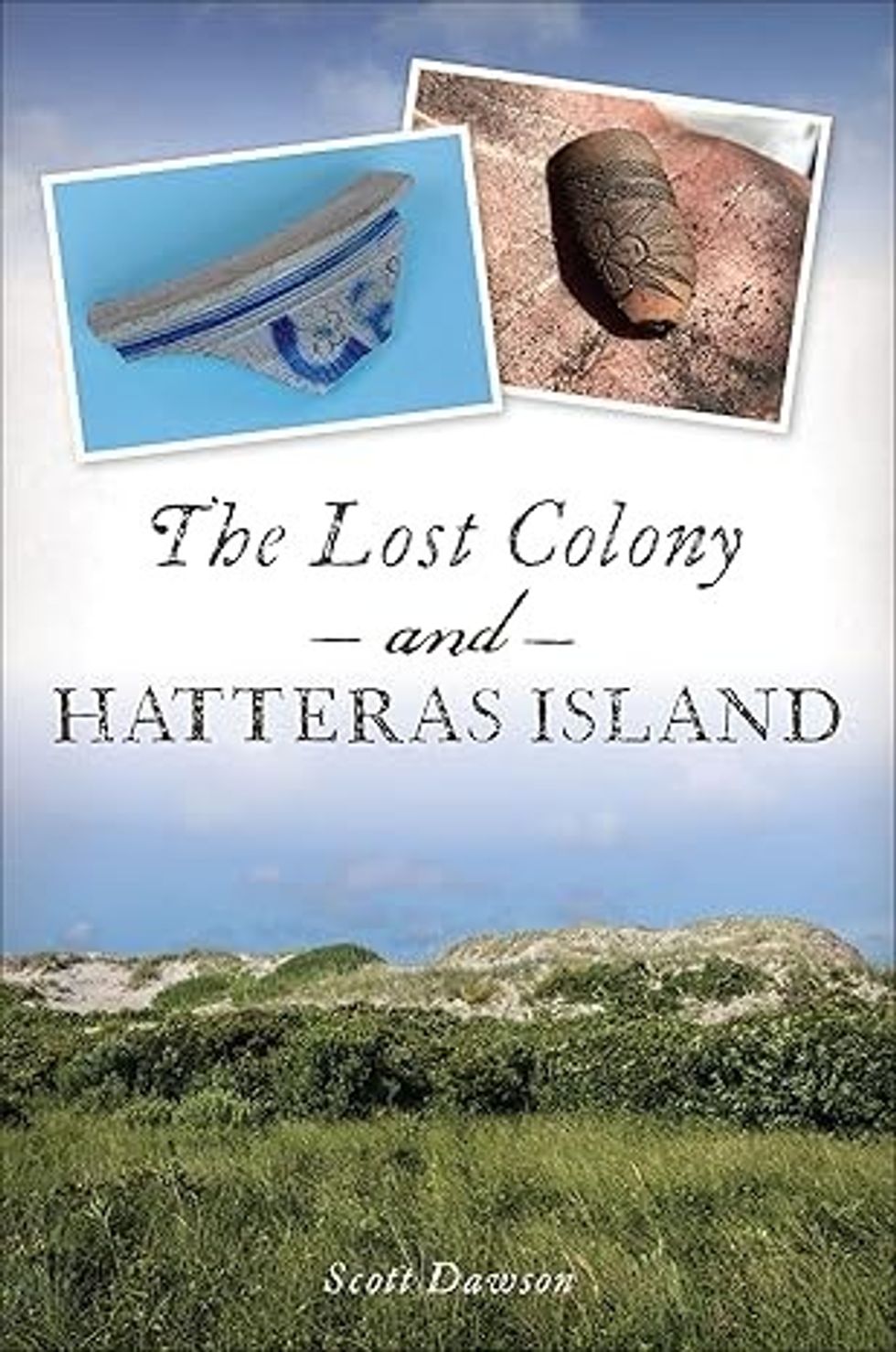Archaeology breakthrough as mystery of America's 'lost colony' finally 'solved' with 400-year-old secret revealed

Mark Horton and Scott Dawson have been excavating around Buxton on Hatteras Island, North Carolina
Don't Miss
Most Read
Archaeologists could have finally solved the 435-year mystery of America's first English settlement, known as the "lost colony" of Roanoke.
Tiny flakes of rusted metal, called hammerscales, have provided crucial evidence about what happened to the 118 colonists who disappeared in the late 1500s.
The metal fragments, barely larger than grains of rice, are byproducts of metal forging and date back to the 16th Century.
The mystery began in 1587 when Governor John White led the colonists to establish England's first outpost in North America on Roanoke Island, in present-day North Carolina.

Archaeologists could have finally solved the 435-year mystery of America's first English settlement, known as the "lost colony" of Roanoke
|Croatoan Archaeological Society
White soon departed for England to gather supplies, leaving the settlers behind.
When he finally returned in 1590, he found an abandoned settlement with the word "CROATOAN" carved into a wooden post.
This suggested the colonists had relocated to join friendly Croatoan natives on what is now Hatteras Island, North Carolina, 50 miles south.
For more than a decade, archaeologists Mark Horton and Scott Dawson have been excavating around Buxton on Hatteras Island.
LATEST DEVELOPMENTS:

Governor John White found an abandoned settlement with the word "CROATOAN" carved into a wooden post
|Getty
In April, they identified large quantities of hammerscale in the soil dating to the same century.
This metal-working technology was familiar to English settlers but unknown to natives.
The evidence suggests the colonists joined the Croatoans and were absorbed into their community.
The findings have been displayed at Dawson's Lost Colony Museum in Buxton.

Scott Dawson has written a book about the lost colony
|SCOTT DAWSON
The archaeologists also discovered weapons, a metal Tudor Rose emblem and a European token, further supporting their conclusion.
Historical theories had suggested various fates for the colonists, including massacre by hostile tribes, capture, inland relocation, or death from disease.
Some believed they had been attacked by the Spanish or perished at sea whilst attempting to return to England.











